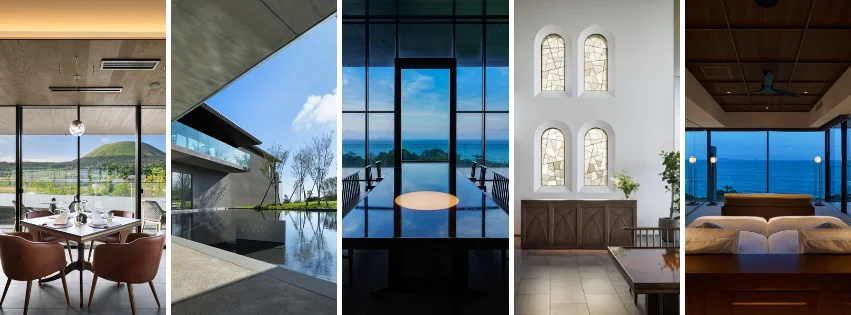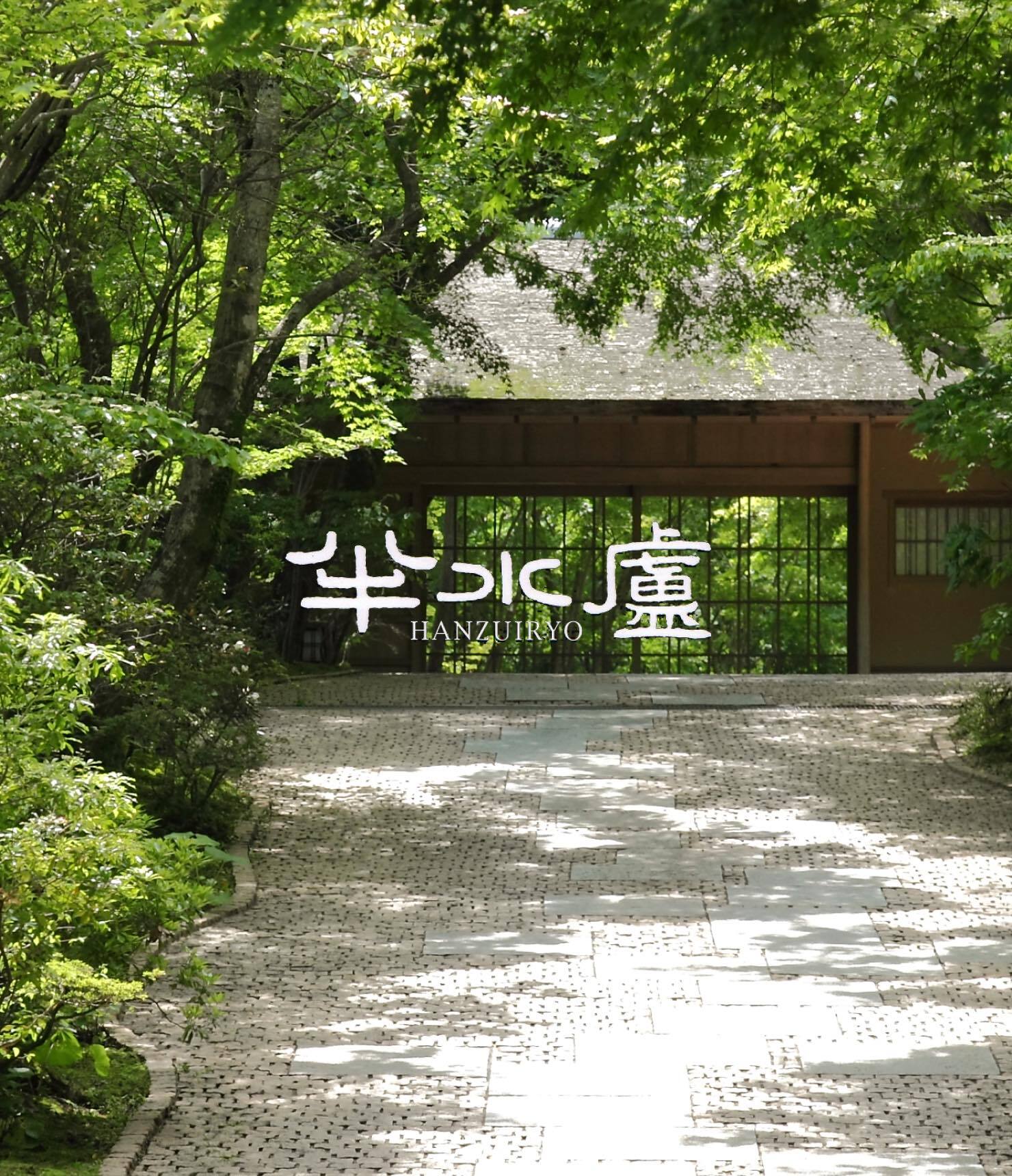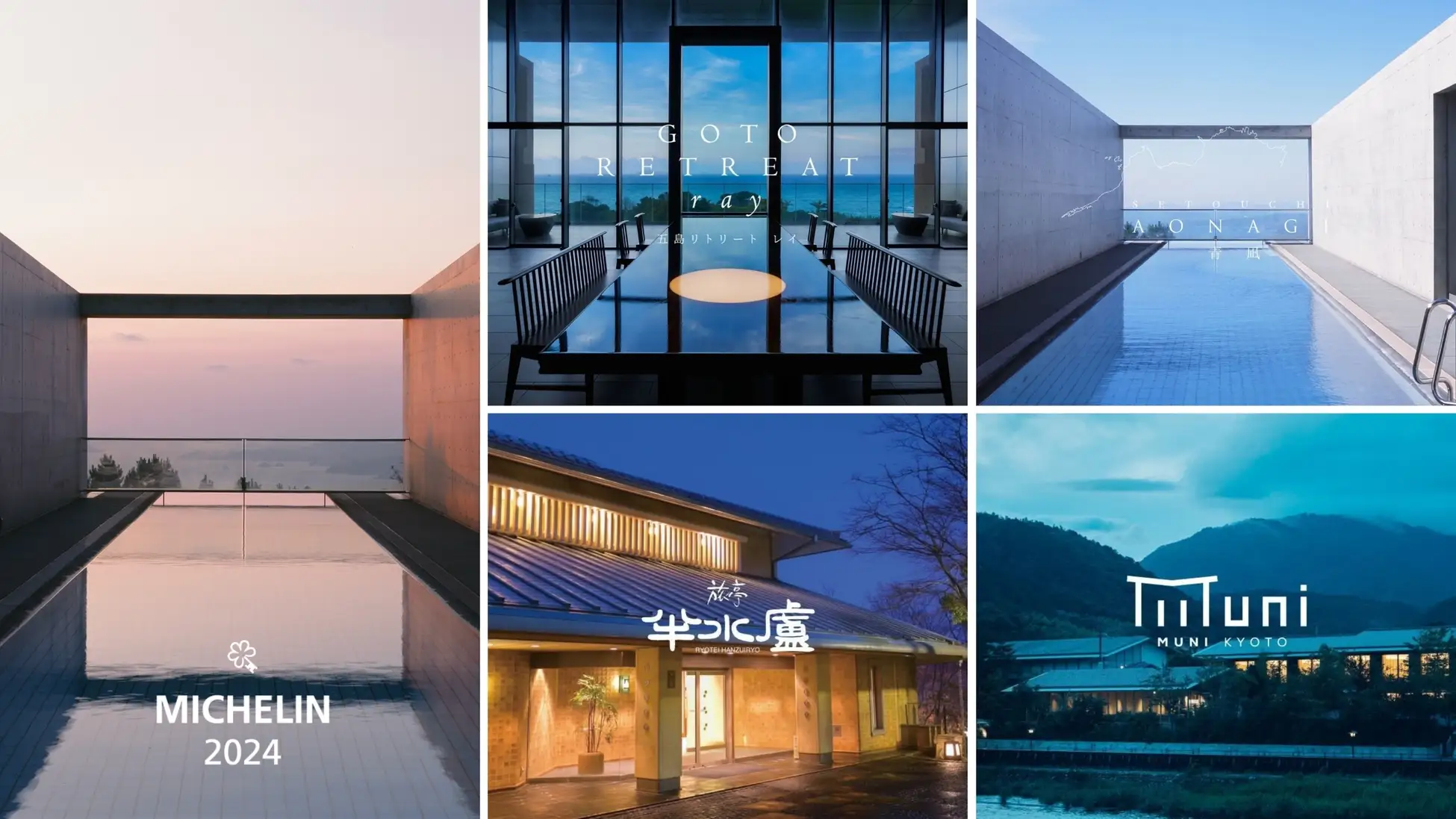SETOUCHI RETREAT by Onko Chishin achieves 30% annual CO2 reduction rate due to energy saving effect, significantly reducing air conditioning and heating switching work and heavy oil consumption
CO2 reduction achieved without deteriorating cash flow
Our hotel is a designer hotel built in 1998 as an art museum and guesthouse by world-renowned architect Tadao Ando . It is characterized by high ceiling height and a view of the Seto Inland Sea from the large windows. While the scenery changes from moment to moment depending on the weather, the indoor temperature also changes depending on the weather. The designer’s particular ideas were evident throughout the building, and although we had been trying for many years to update the facilities without sacrificing the designer’s wishes, it was difficult to update the facilities.
Until now, the main heating and cooling equipment used was heavy oil boilers. For switching between air conditioning and heating, an outside specialist was hired to carry out the switching work. Starting in the fall of 2021, we utilized a grant from the Ministry of the Environment to replace our heavy oil boiler and install new heat pump equipment. As a result, the cost of switching between air conditioning and heating is reduced. In addition, when comparing actual figures for fiscal 2022 with the base period (*), despite the number of guests increasing by approximately 5%, heavy oil usage was reduced by 86% and CO2 emissions were reduced by 30% . did.
*The reference period is the average value from April 2017 to March 2020 before the coronavirus.
Significant reduction in work and change in employees’ energy awareness
Additionally, day-to-day operations have become more convenient, allowing us to switch between heating and cooling depending on changes in the weather or outside temperature, allowing us to respond more closely to customer needs.
Most importantly, by being able to visualize various situations, including the amount of heat produced during production, in real time, each and every employee has become conscious of whether there is a way to use energy more efficiently.







